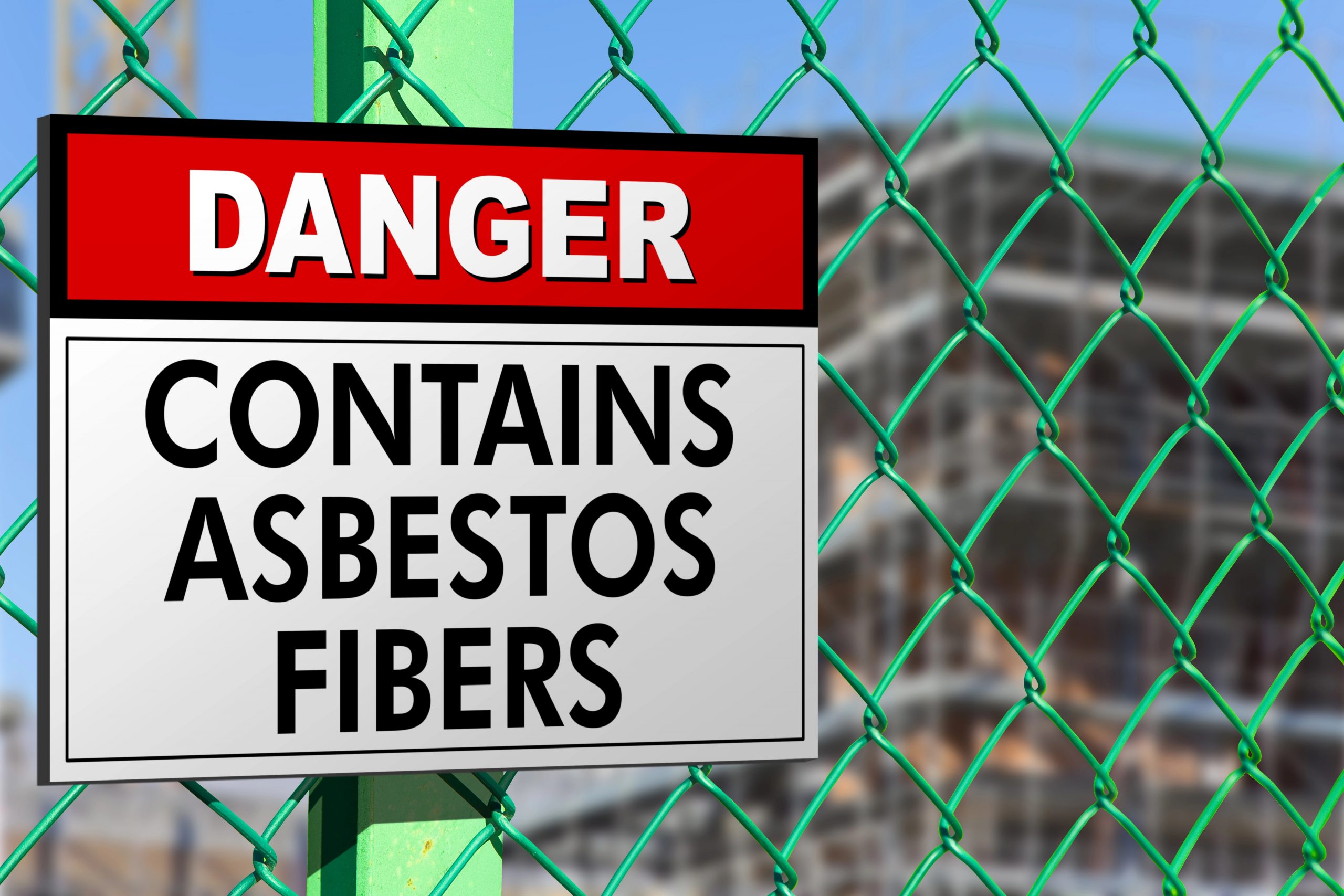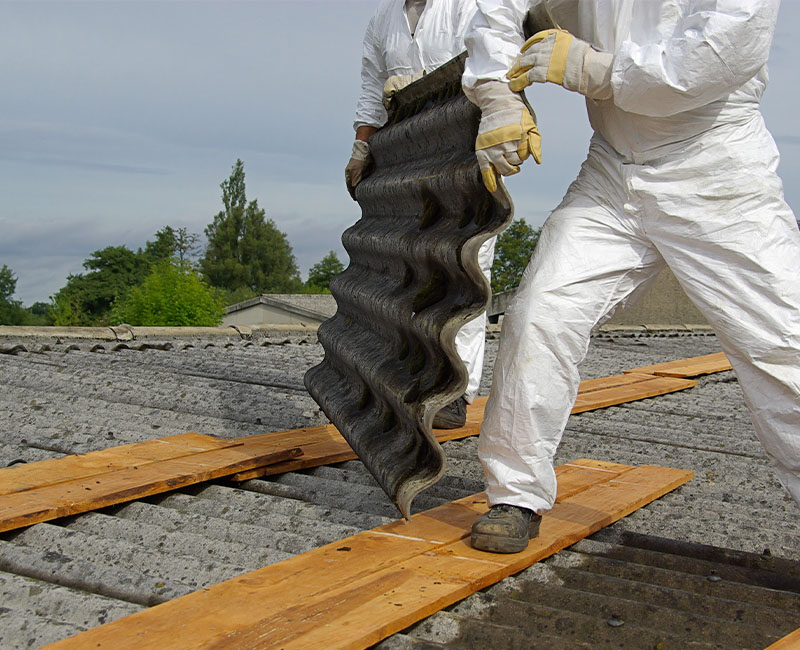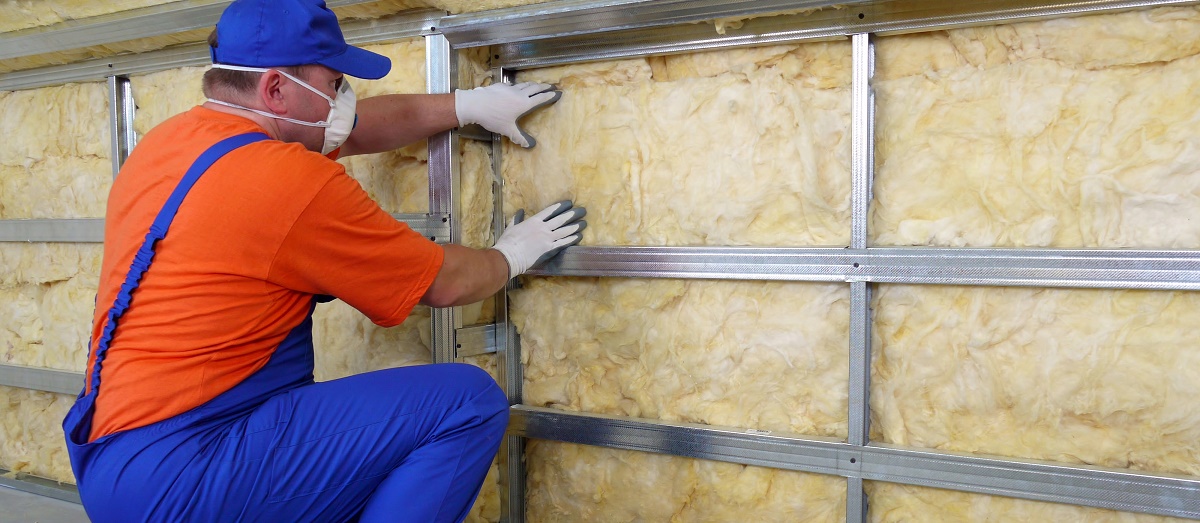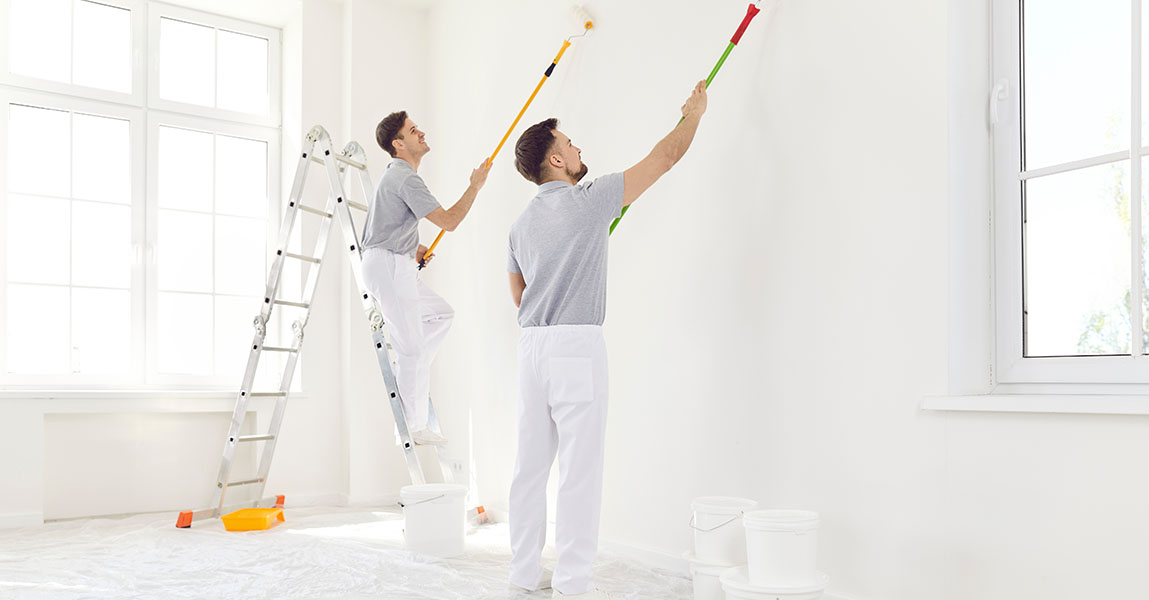Fire Damage Restoration
Fire damage restoration support should feel clear, calm, and human from the first call. Our company speaks in simple terms and sets expectations early, without technical talk. However, every loss is different, and emotions run high. Families worry about safety, timelines, and keepsakes. Businesses fear downtime and customer trust. Therefore, we outline realistic outcomes, common risks, and recovery priorities from day one. You stay informed while decisions remain yours. Moreover, we coordinate with adjusters and share plain-language updates that reduce stress. Finally, the goal stays steady: protect health, stabilize the property, and help life get back on track.
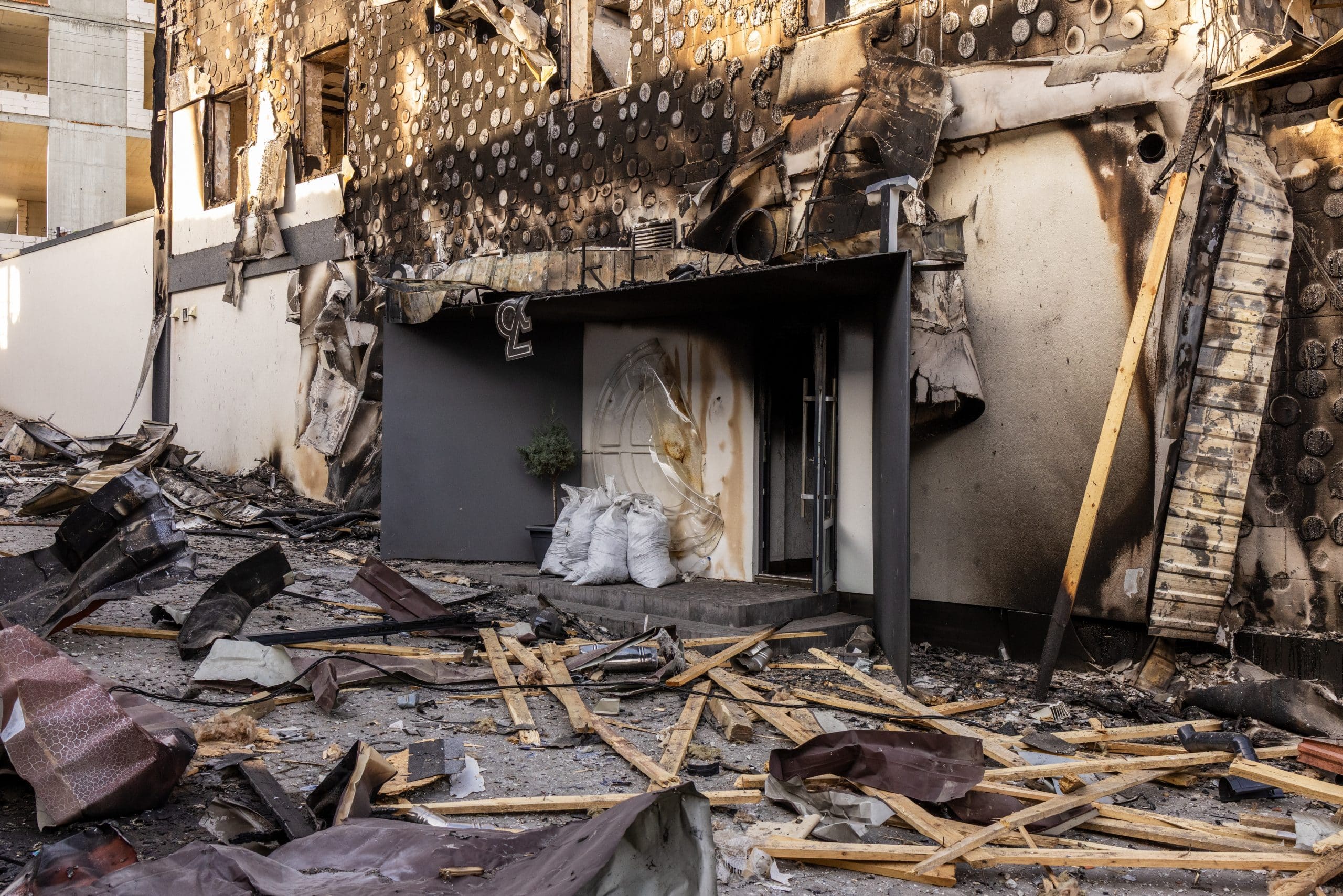
Residential Recovery
Home fires disrupt routines, sleep, and confidence. Our company brings steady communication so families feel guided, not overwhelmed. However, every household faces different needs, from temporary lodging to sensitive items like artwork or baby gear. Pets, allergies, and school schedules also matter. Therefore, the team builds a plan that respects those realities and keeps daily life moving where possible. Moreover, transparent milestones help everyone see progress. Finally, you gain clear next steps and documented reports for your insurer.
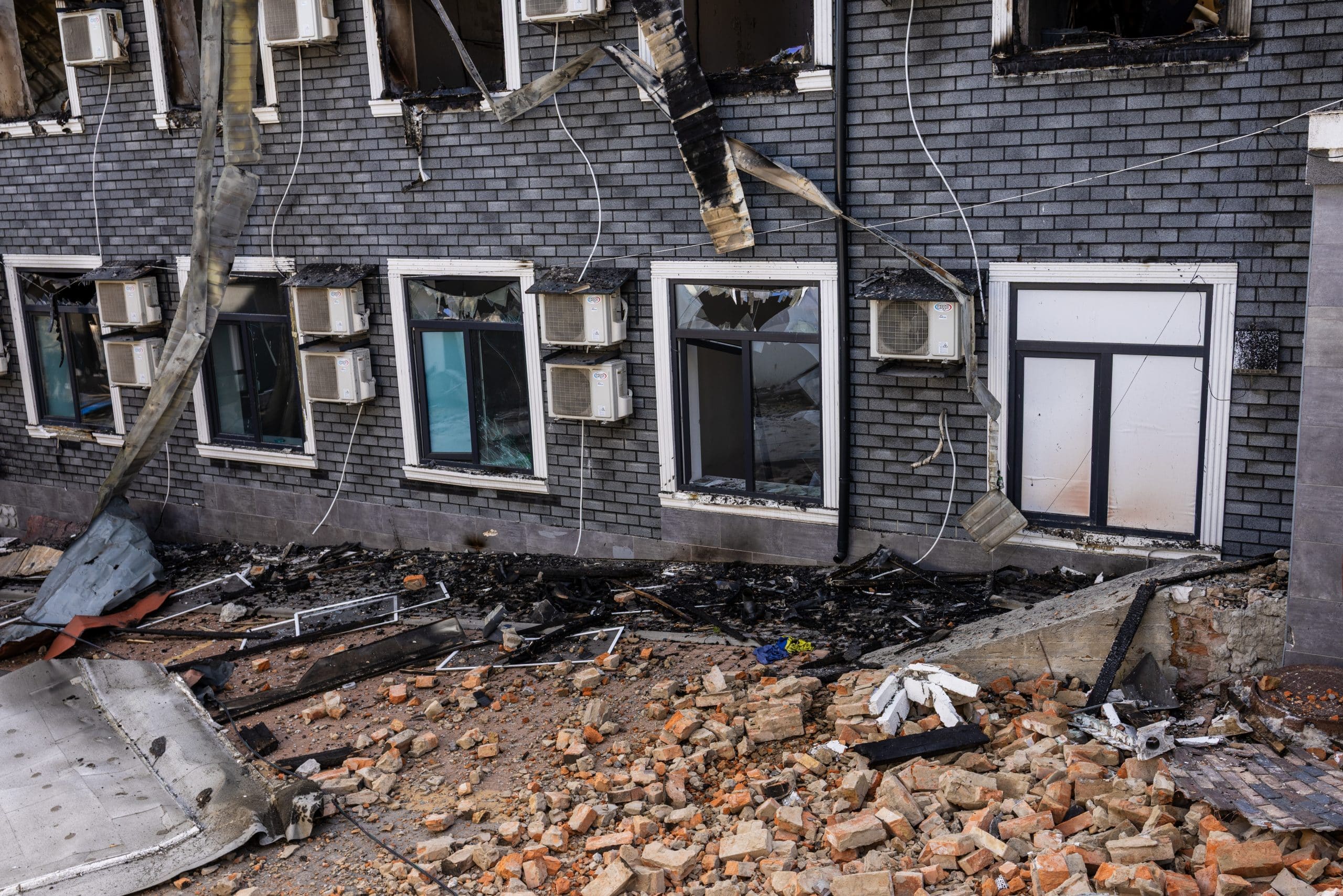
Commercial Continuity
Businesses require speed, clarity, and compliance. Our company prioritizes access for critical operations and customer communication. However, impacts often extend beyond visible damage, including odor migration, data risks, and supply chain delays. Therefore, technicians separate safe zones from restricted areas and coordinate with landlords, inspectors, and vendors. Moreover, staged reopening plans protect staff and brand reputation. Finally, documentation supports lease obligations and future audits while keeping stakeholders aligned.
Fire Damage Restoration: What To Do Next
After fire damage, focus on safety, calm communication, and simple documentation before anything else. First confirm officials say the site is safe, then take clear photos and short notes from safe areas to support your claim. Next avoid switching on HVAC or disturbing soot, since residues can spread and cause extra harm. Meanwhile contact your insurer to open a file, record the claim number, and save receipts for essentials you must buy. However, do not rush decisions about repairs or cleaning, because the wrong step can lock in odors and stains. Our company keeps updates plain and timelines realistic so choices stay easy. Finally, gather questions in one place, share them during the first assessment, and keep a single folder for all records.
Do Not Clean Fire Damage Yourself
Soot and smoke residues look harmless but often contain corrosive compounds. Our company sees surfaces ruined by well-meant scrubbing or the wrong cleaner. However, residues differ room to room and react with moisture, heat, and materials. Therefore, improper wiping can set stains, spread odor, and affect warranties. Moreover, hidden hazards, charged circuits, weakened framing, and contaminated ducts, raise risk. Finally, trained handling protects occupants, neighbors, and future repairs by using tested methods and correct sequences.
Why Choose YYC Asbestos Removal and Renovation
Local knowledge and steady communication change outcomes. Our company understands Calgary codes, typical building materials, and seasonal conditions that affect drying and air quality. However, the difference often comes from planning and accountability. Therefore, a single coordinator answers questions, tracks milestones, and keeps paperwork tidy. Moreover, consistent photo logs and summaries help claims move smoothly. Finally, clear expectations reduce anxiety and keep decisions practical, so families and teams can focus on what matters next.
FAQ
How quickly should I contact a professional after a fire?
Act soon, even if damage looks minor. Early guidance protects health, documents the scene, and prevents secondary issues like corrosion and odor spread. Fast decisions about utilities, access, and contents reduce stress. Clear notes and photos also support your claim efficiently.
Will smoke odor go away on its own over time?
Odor may fade slightly, but residues can remain inside pores, fabrics, and ducts. Untreated areas often release smells with heat or humidity changes. Targeted deodorization and material-specific cleaning address sources, not just the air, which helps prevent odor from returning.
Can I stay in the building during restoration work?
Sometimes, yes, with proper zoning, filtration, and access rules. Children, seniors, pets, and those with respiratory concerns may need alternative housing. A site evaluation helps decide. Clear schedules minimize disruption and keep daily routines possible while maintaining safety and progress.
What happens to my belongings if rooms are unsafe?
Contents receive careful documentation with photos and item lists. Items move to secure storage after sorting for restorable and non-restorable groups. Sensitive pieces get special attention. Organized records support the claim and make returning items smoother when areas become ready.
How long does the overall process usually take?
Timelines depend on structure impact, material lead times, and approvals. A typical plan includes stabilization, detailed assessment, cleaning, odor control, repairs, and verification. Regular updates track milestones and any changes. Clear communication helps you plan work, school, and other commitments confidently.


